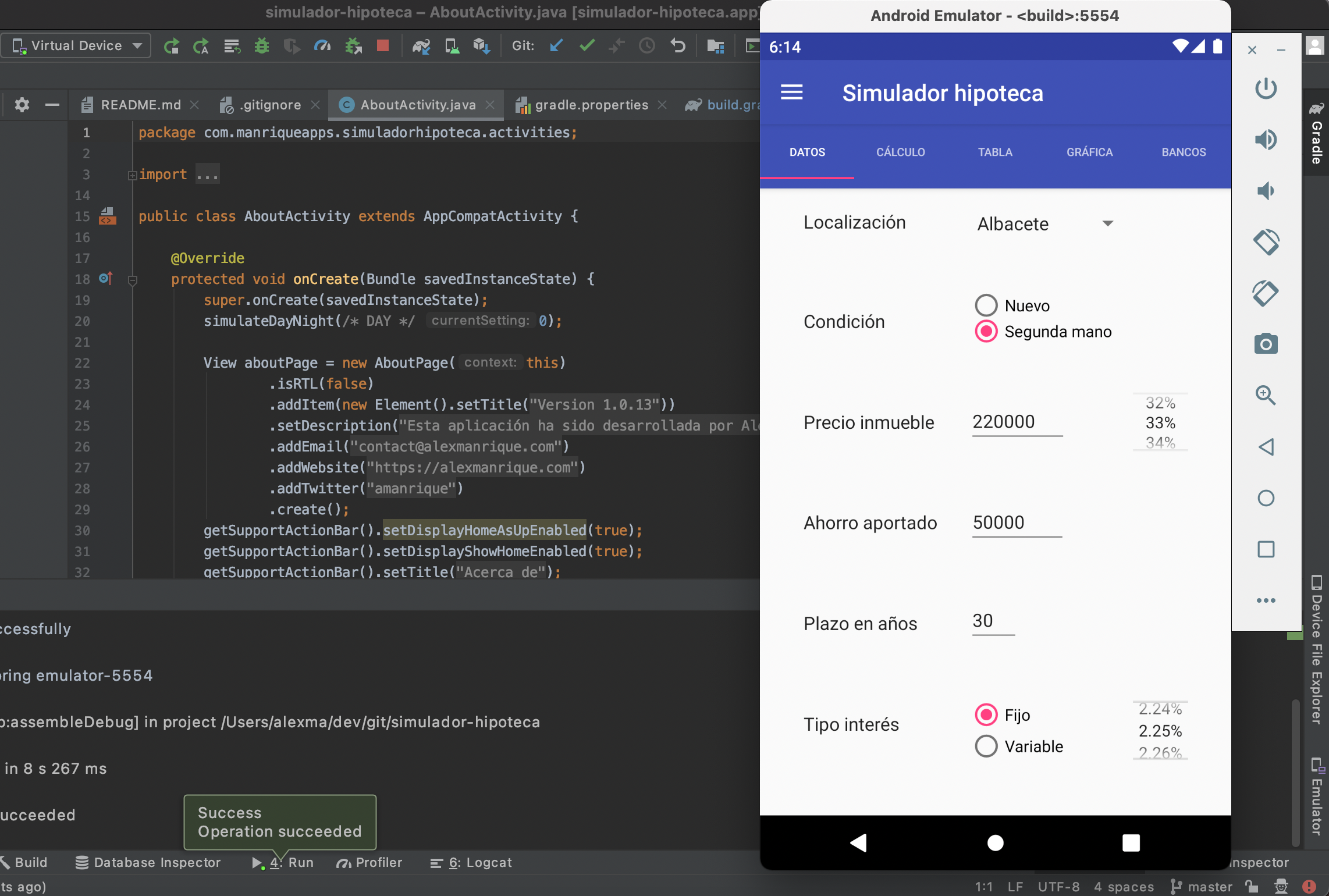Macos M1 Android Emulator


Apple M1 Android Simulator
The Android emulator now works on the Apple M1 chip (Apple Silicon), but only in preview mode. This means that not all functionality is available. I recently upgraded from Macbook Air 2017 to Macbook Pro with an M1 chip. My four year old Macbook Air was giving up. The performance to run heavy tasks like using the iOS simulator when developing and working on React Native apps was declining. I had long given up using the Android emulator and have been using a real Android device for testing. Setting up Android Emulator for M1 Chips Head on to Android Emulator M1 Preview repo by Google which is still under beta but it works fine but with some. Click on releases option and download the latest preview version by clicking of android emulator m1 preview.dmg. It will download a DMG file. Android emulator on Mac M1 You’re now watching this thread and will receive emails when there’s activity. Click again to stop watching or visit your profile/homepage to manage your watched threads.
Nox works seamlessly on mac based machines including iMac and macbooks. Android is an highly customizable OS and supports hundreds and thousands of games and apps and this is why it is loved by even apple lovers. If you are a mac user but want to play android games on your mac then Nox is absolutely for you. Nox for mac is free to download and you would be able to play high end android games easily on your mac.
Nox app player allows you to emulate the android experience right on your mac computer. Mac OS is not very popular for high end games and therefore you can install Nox on your Mac and enjoy high end android games without any lag.

Game controllers support
Nox supports third party controller devices including joysticks to provide amazing gaming experience.
Free
Nox for mac OS is free to download and use and will always be.
Android Gaming Experience
Play high end android games and Mac with Nox.
Regular Updates
Nox for mac is regularly updated for bug fixes and enhancing security.
Direct Download Support
Most of the popular apps are available for direct download from inside the dashboard.
Reliable Emulator
Nox is a reliable emulator for mac os and bugs are fixed regularly to minimize crashes.
This is the second post that I dedicate to talk about configurations using the new M1 Apple processor. As I said in the previous post, these configurations are workarounds until stable versions are released, however, for me, they have been useful and I guess that someone in the same situation as me can benefit from that.
Using Android studio in the new Macbook Air
When you install Android Studio you will get the following warning:
Unable to install Intel® HAXM
Your CPU does not support VT-x.
Unfortunately, your computer does not support hardware-accelerated virtualization.
Here are some of your options:
1 - Use a physical device for testing
2 - Develop on a Windows/OSX computer with an Intel processor that supports VT-x and NX
3 - Develop on a Linux computer that supports VT-x or SVM
4 - Use an Android Virtual Device based on an ARM system image
(This is 10x slower than hardware-accelerated virtualization)
Creating Android virtual device
Android virtual device Pixel_3a_API_30_x86 was successfully created

And also in the Android virtual device (AVD) screen you will read the following warning:
If you want to learn more regarding virtualization in processors you can read the following Wikipedia article, the thing is that our M1 processor doesn’t support VT-x, however, we have options to run an Android Virtual Device.
As the previous message was telling us, we have 4 options. The easiest way to proceed is to use a physical device, but what if you haven’t one available at the moment you are developing?
From now on, we will go with the option of using an Android virtual device based on an ARM system image as options 2 and 3 are not possible to execute.
Using the virtual emulator

The only thing that you have to do is to download the last available emulator for Apple silicon processors from Github https://github.com/741g/android-emulator-m1-preview/releases/tag/0.2
Once you have downloaded you have to right-click to the .dmg file and click open to skip the developer verification.
Macbook M1 Android Studio Emulator
After installing the virtual emulator, we have to open it from the Applications menu.
Any Emulators That Work With M1 Mac
After opening it you will see Virtual emulator in Android Studio available to deploy your Android application. Make sure to have Project tools available in Android Studio (View -> Tool Windows -> Project)
After pressing the launch button you will get your Android application running in your ARM virtual emulator :-)
Conclusion
Android Studio For M1 Mac
In this post, we have seen that is possible to install Android Studio in Macbook Air M1 and use a virtual device even that your M1 doesn’t support VT-x. You can learn more about this emulator in the following references: